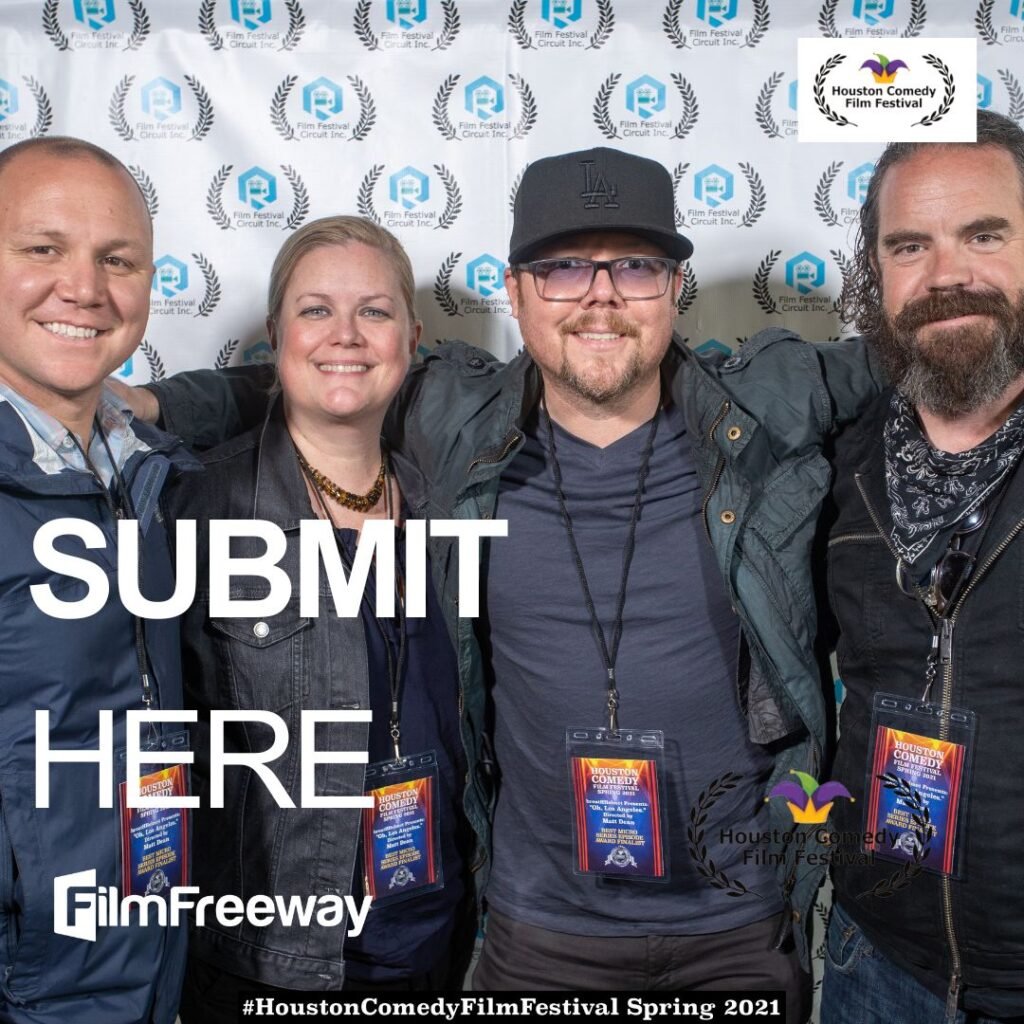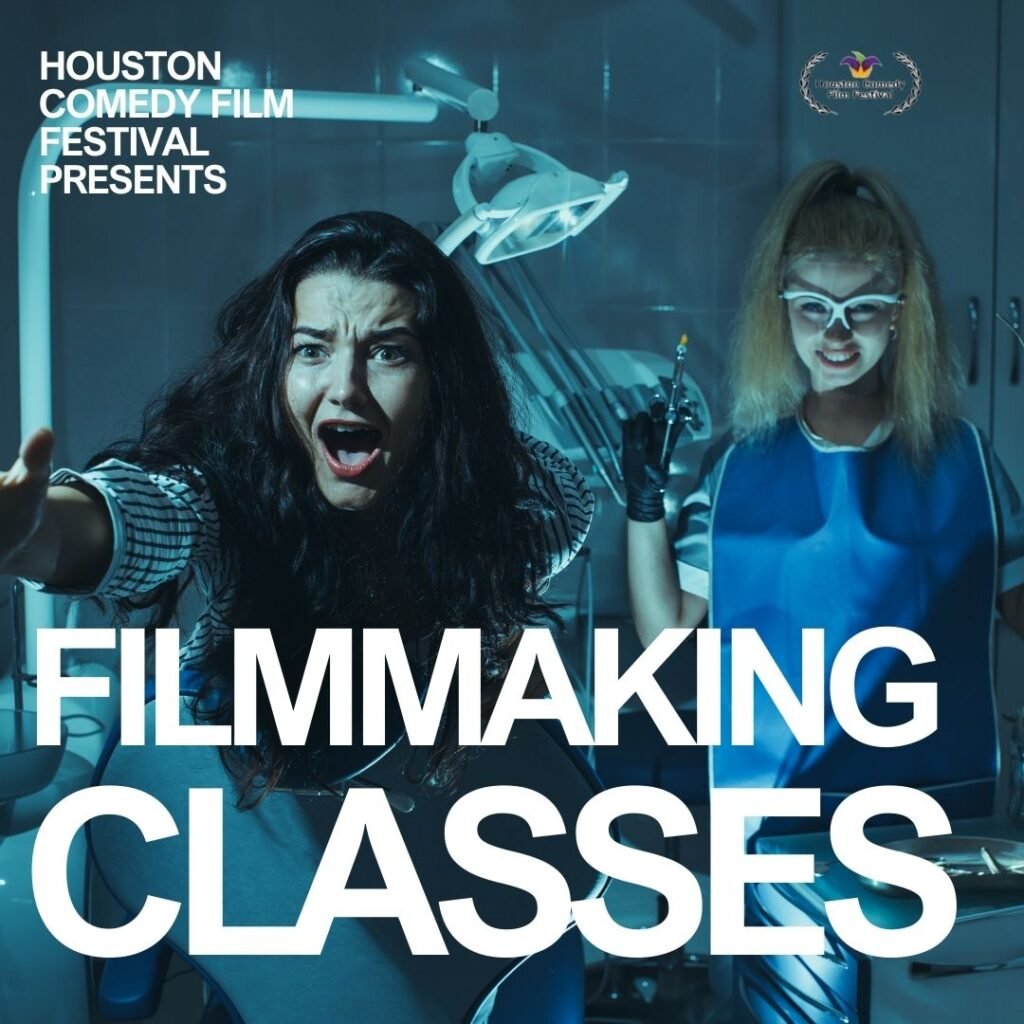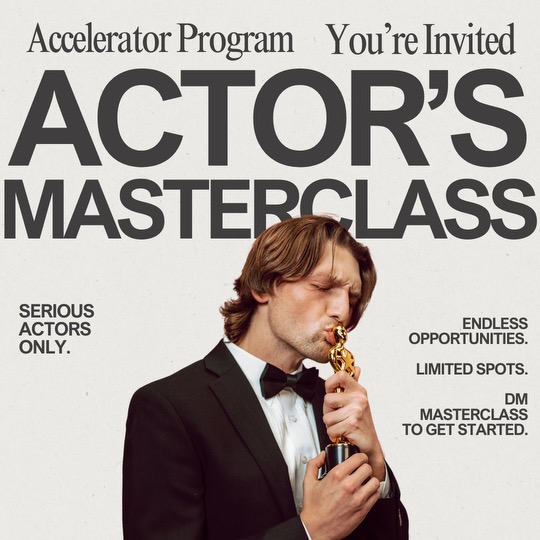Film Industry
Blake & Ryan’s Step-By-Step Strategy to Steal Movies
A new video essay from the YouTube channel “Bopping” is making waves online, arguing that Blake Lively and Ryan Reynolds orchestrated a strategic “hijacking” of the upcoming film adaptation of Colleen Hoover’s “It Ends With Us.” The Bopping analysis claims this wasn’t a spontaneous move but a carefully planned operation, mirroring Reynolds’s own tactics in gaining control over the “Deadpool” franchise.
Step-by-Step Breakdown of the Alleged Strategy (Per Bopping):
The Bopping video breaks down the alleged plan into several key steps:
- Start Small and Be Underpaid: According to Bopping, Lively intentionally accepted a lower salary ($3 million) for her role as Lily Bloom, while securing an executive producer credit. This mirrors Reynolds’s initial approach with “Deadpool,” where he reportedly took a pay cut to demonstrate commitment to the project. The lower budget of “It Ends With Us” (reportedly $25 million, self-funded by Justin Baldoni’s Wayfarer Studios, with Sony as co-distributor) allegedly made it easier for Lively to exert influence.
- Wait Until 50% of the Budget is Spent: Bopping’s analysis suggests Lively waited until a significant portion of the budget was used, including funds allocated to her character’s wardrobe. She then allegedly demanded changes to the wardrobe, causing budget overruns and tension with Baldoni, who had been developing his vision for the film for five years. Bopping posits that Baldoni couldn’t risk firing Lively at this stage, as the project was heavily reliant on her involvement.
- Take Over the Script and Leverage “Dragons”: The Bopping video claims Lively enlisted Reynolds to rewrite dialogue and scripts without consulting Baldoni or the screenwriter. The video references a text message where Lively calls Reynolds and Taylor Swift her “dragons,” implying they wielded significant influence. The analysis details an incident where Lively invited Baldoni to her home, where Reynolds and Swift allegedly pressured him to accept script changes.
- Exploit the Writer’s Strike: The production halt due to the actors’ and writers’ strikes provided Lively with an opportunity to renegotiate her contract, allegedly presenting a list of 17 non-negotiable demands, including increased creative control. Bopping argues Baldoni was in a vulnerable position due to budget constraints and the importance of Lively’s participation for Sony.
- Infiltrate the Editing and Extend the Access: According to Bopping, after filming, Lively allegedly gained access to the editing bay during Baldoni’s protected director’s cut period. The video claims she extended her access to 10 days, replaced original editors with her own hires (including someone who worked with Reynolds on “Deadpool”), and even influenced the firing of the original composer due to Taylor Swift’s alleged personal issues with him. The video further states Lively’s cut was then forced to compete with the director’s cut.
- Threatening to Not Promote: The video claims that Blake threatened to leave the project, take the book’s author with her, and make zero marketing appearances if her cut wasn’t picked.
- Steal Producer Credit: The final goal, according to the Bopping video, was for Lively to secure a formal producer credit, transforming her career and allowing her to negotiate higher salaries and backend deals in future projects. The analysis suggests Lively met the criteria for a PGA mark by influencing the story, hiring key personnel, supervising post-production, and contributing to the music and marketing.
The Ultimate Goal: A Colleen Hoover Empire? (Bopping’s Theory)
The Bopping video concludes by suggesting that Lively and Reynolds’s ultimate goal is to secure the rights to all of Colleen Hoover’s books and build an exclusive film franchise.
It’s important to note that these are just claims made in a YouTube analysis by “Bopping.” There has been no official confirmation on any of these points.
Disclaimer: This article is based solely on the claims and information presented in the provided YouTube transcript from the “Bopping” channel. It does not represent verified facts or the views of this writer.

Bolanle Media covers a wide range of topics, including film, technology, and culture. Our team creates easy-to-understand articles and news pieces that keep readers informed about the latest trends and events. If you’re looking for press coverage or want to share your story with a wider audience, we’d love to hear from you! Contact us today to discuss how we can help bring your news to life
Film Industry
Mastering Short-Form Storytelling for Filmmakers in the TikTok Era
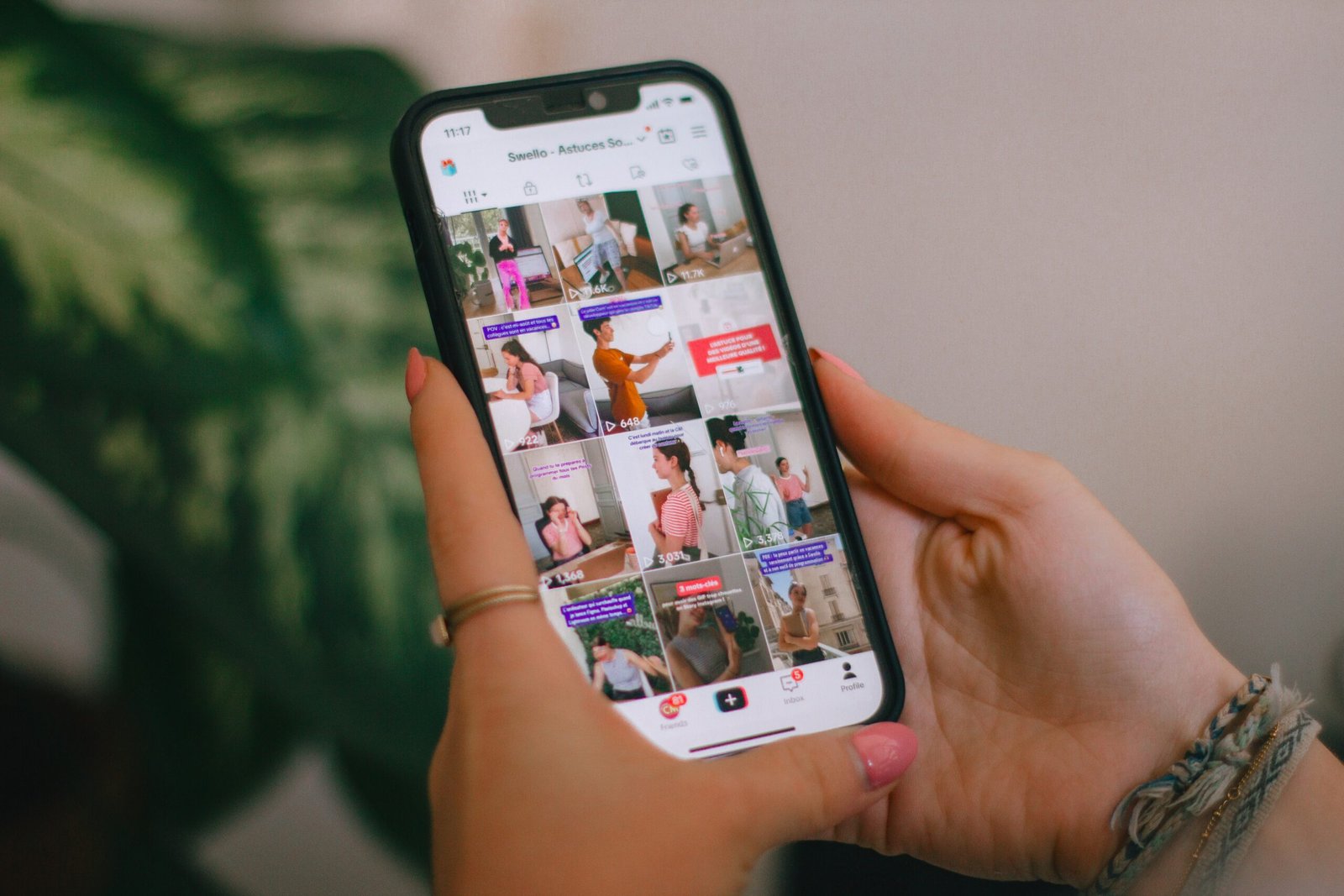
The filmmaking world is experiencing a seismic shift: short-form storytelling is now at the forefront of how audiences consume content. Platforms like TikTok, Instagram Reels, and YouTube Shorts have redefined the rules, demanding filmmakers deliver powerful, memorable stories in under a minute. For filmmakers eager to stay relevant and expand their reach, mastering this new narrative form is essential—and it’s also a gateway to opportunities like the Houston Comedy Film Festival, where innovative short-form content is celebrated.
Why Short-Form Storytelling Dominates in 2025
Short-form video thrives because audiences are busier and more mobile than ever. These bite-sized stories are easy to remember, emotionally resonant, and perfectly tailored to the way people scroll through content on their phones. Every second counts, so there’s no room for filler—each moment must drive the story forward and connect with viewers instantly.
Key Strategies for Filmmakers
1. Focus on Relatable Micro-Stories
Micro-stories—single, impactful moments or emotions—are ideal for short-form platforms. They’re relatable, easy to consume, and perfect for the rapid pace of TikTok and Instagram. Think of a 30-second comedic mishap or a quick twist ending that leaves viewers laughing or surprised.
2. Visual and Auditory Impact
Dynamic visuals, bold colors, and creative camera angles are essential for grabbing attention in the first few seconds.Sound design and music can enhance emotional impact, even in the absence of dialogue, making your story universally accessible.

3. Strong Narrative Structure
Even in 60 seconds, a story needs a clear beginning, middle, and end. Focus on a central conflict or theme, and use editing techniques like jump cuts or montages to condense time and keep the narrative tight.
4. Experiment and Iterate
Short-form platforms reward experimentation. Test different genres, tones, and formats, then refine your approach based on audience engagement. Each post is a chance to learn what resonates.
5. Leverage Technology and Trends
AI tools for editing and scriptwriting, as well as AR/VR experiences, are making short-form storytelling more immersive and accessible than ever. Stay attuned to trending challenges and sounds to boost your content’s visibility.
Why Filmmakers Should Enter the Houston Comedy Film Festival
If you’re honing your short-form storytelling skills, the Houston Comedy Film Festival is the perfect stage to showcase your talent. This festival is renowned for celebrating innovative comedic shorts and giving filmmakers a chance to connect with industry professionals, audiences, and fellow creators. It’s a platform where the best micro-stories and comedic twists get the recognition they deserve—plus, it’s an excellent opportunity to see how your work stands out in a competitive, supportive environment.

Conclusion: Embrace the Short-Form Revolution
Short-form storytelling isn’t just a trend—it’s a new language for filmmakers. By focusing on concise, relatable stories and leveraging the latest visual and narrative techniques, you can captivate audiences and carve out your place in the digital landscape. And if you’re ready to take your work to the next level, submit your best comedic short to the Houston Comedy Film Festival—where the future of storytelling is unfolding, one laugh at a time.
Advice
How to Create Emotion in Film
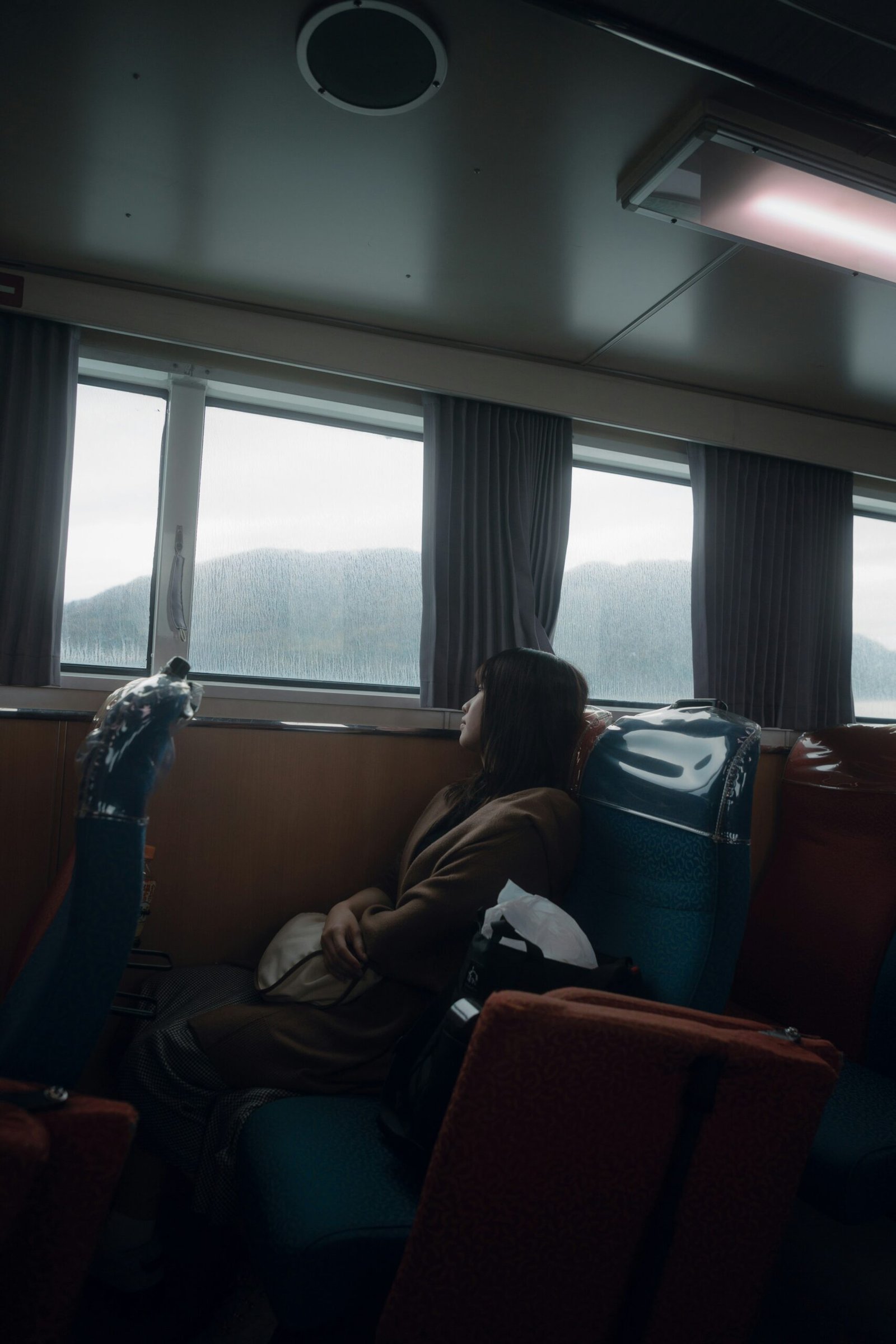
Emotions are the foundation of the human experience. They shape our decisions, color our memories, and drive our relationships. In cinema, emotions are not just an added layer—they are the very heart of storytelling. If a film leaves its audience unmoved, it is often deemed a failure. Understanding how emotions work, both psychologically and cinematically, reveals the secrets behind films that truly resonate.
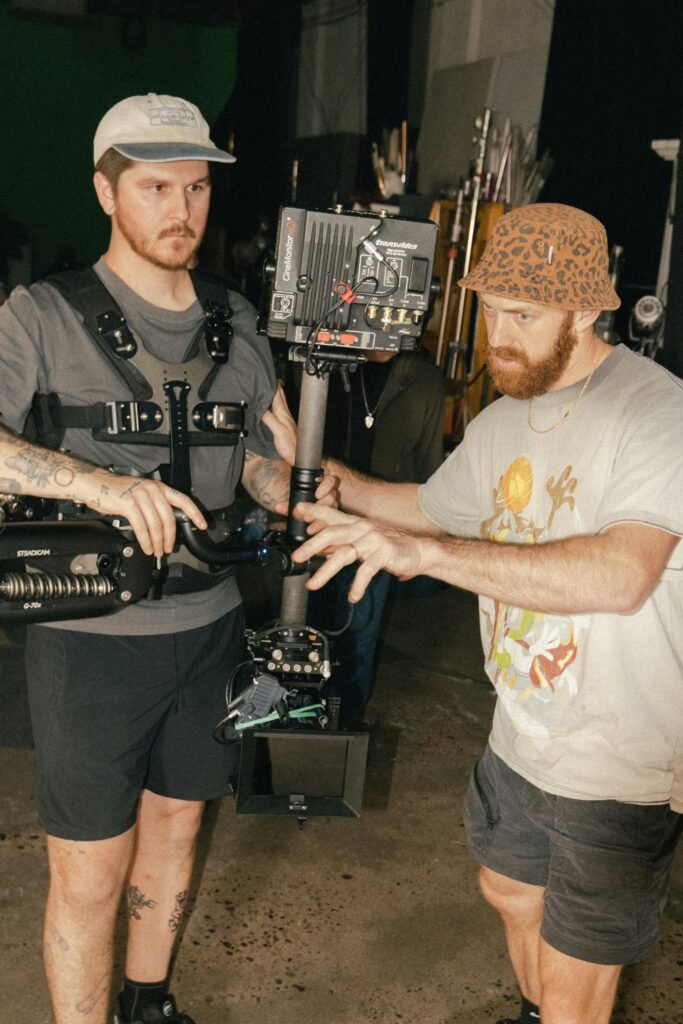
The Psychology of Emotion
Where Do Emotions Come From?
Modern psychology has long sought to answer two central questions about emotion:
- Where do emotions originate?
- How can they be categorized?
For filmmakers, the origin of emotion is especially relevant. Evolutionary psychologists argue that basic emotions are products of natural selection, serving crucial roles in survival by aiding decision-making, motivation, socialization, and memory.
Components of Emotion
Psychologist Klaus Scherer identifies five components of emotion:
- Cognitive Appraisal: The brain’s identification of an emotion.
- Bodily Symptoms: Physical manifestations, like a racing heart.
- Action Tendencies: How we are motivated to respond.
- Expression: Outward signs, such as facial expressions or gestures.
- Feelings: The subjective experience of the emotion.
Theories of Emotional Experience
- James-Lange Theory: Early theorists William James and Carl Lange posited that emotions are the result of physiological reactions. For example, “I’m sweaty, so I must be nervous.”
- Cognitive Appraisal Theory: Richard Lazarus later argued that thought comes first. We appraise a situation, then experience both physiological and emotional reactions. One person might see a rat and feel fear; another might see the same rat and feel joy.
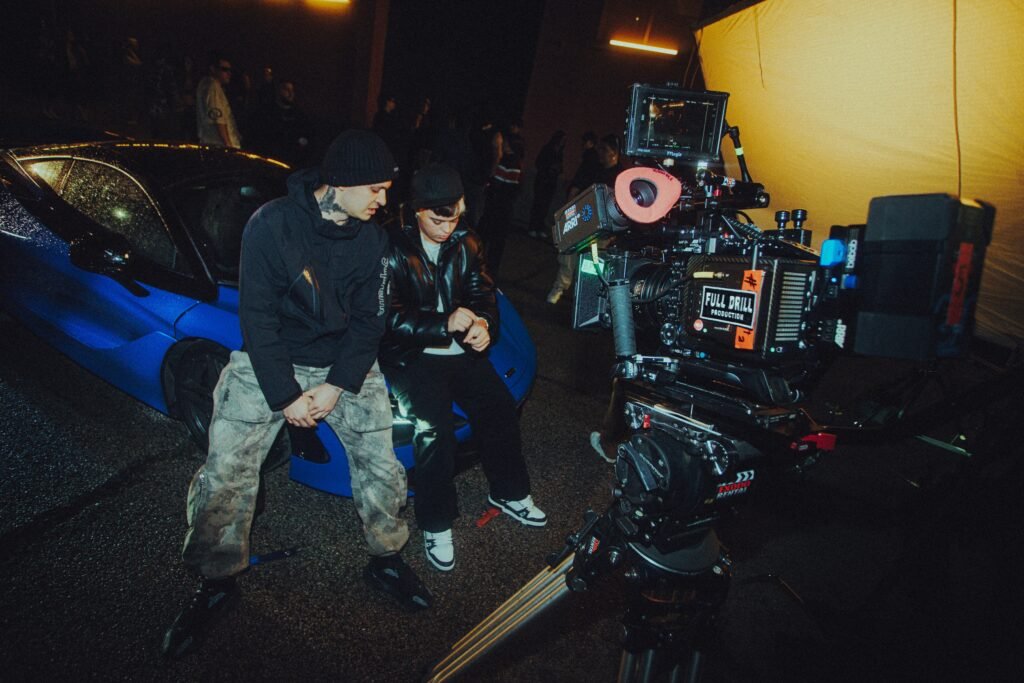
How to Create Emotion in Film
1. Write Emotion into the Script
- Script as the Heart: The emotional impact of a film begins with its script. Audiences must care about the story and its characters; when characters feel, viewers feel.
- Recontextualized Repetition: Repeating lines, objects, or motifs in new contexts gives them deeper meaning (e.g., the shoes in Jojo Rabbit or the song “Remember Me” in Coco).
- Dialogue: Well-crafted dialogue can move through a spectrum of emotions, as seen in the monologue from Steel Magnolias, which shifts from sadness to rage.
Example: “Toy Story 2” Flashback
Jessie’s flashback uses dialogue, repetition, and context to build a powerful emotional arc, culminating in the line: “You never forget kids like Emily or Andy. But they forget you.”
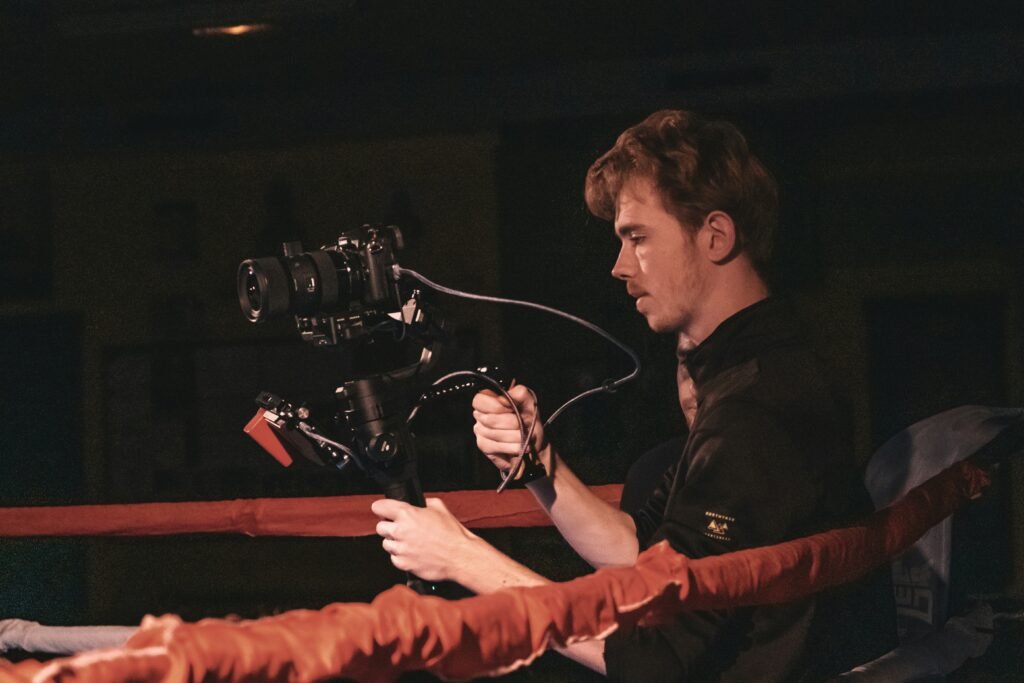
2. Use Visual Storytelling to Evoke Feeling
- Lighting: Sets the mood—low-key lighting creates tension (Alien), while bright light evokes relief (The Lord of the Rings).
- Camera Angles and Movement: High angles can convey guilt (Manchester by the Sea), close-ups foster intimacy (Interstellar), and wide shots can evoke grandeur or loneliness (La La Land).
- Color: Red can induce unease; cool tones suggest melancholy.
- Framing: Focusing on faces or omitting them (as with Emily in Toy Story 2) centers the audience on the emotional experience.
- Camera Movement: Moving toward a character can create empathy; pulling away can evoke isolation.
3. Hone Emotion in Post-Production
- Editing: The rhythm of cuts and transitions can heighten or prolong emotion. Dissolves can evoke memory and nostalgia; hard cuts can underscore abrupt loss.
- Music: Perhaps the most potent emotional tool, music can make us cry, thrill us, or terrify us. The song “When She Loved Me” in Toy Story 2 is a prime example.
- Sound Design: Beyond music, sound effects can amplify tension or anxiety (e.g., the fry cracker in Boogie Nights).
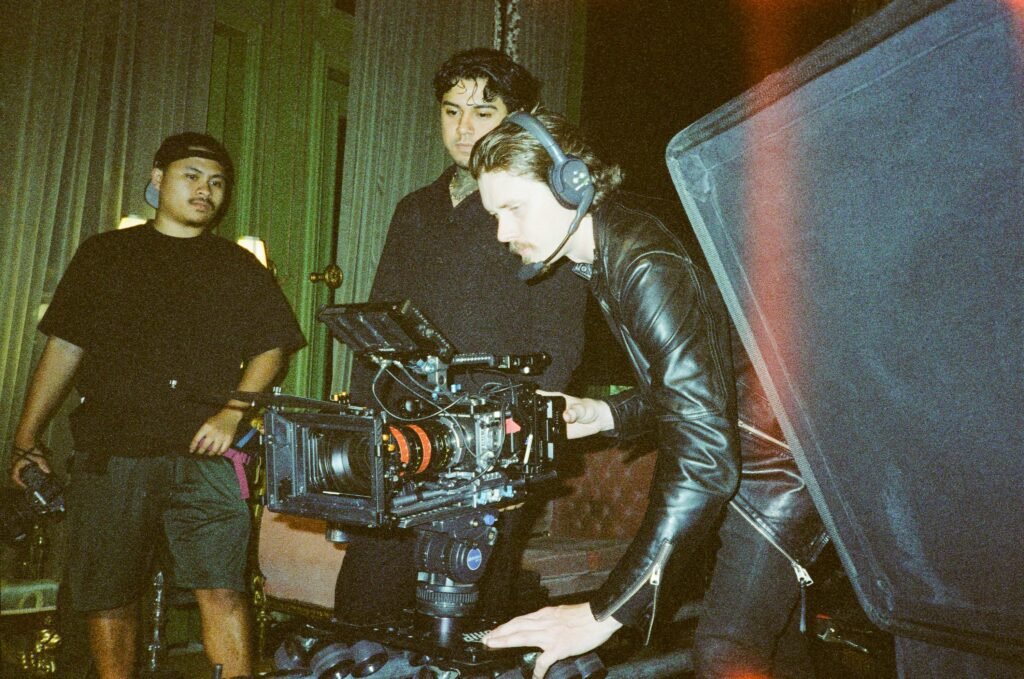
Table: Filmmaking Techniques for Evoking Emotion
| Technique | Example Film/Scene | Emotional Effect |
|---|---|---|
| Recontextualized Repetition | Jojo Rabbit (Rosie’s shoes) | Heightens heartbreak |
| Dialogue | Steel Magnolias (monologue) | Shifts through grief and rage |
| Lighting | Alien (low-key), LOTR (bright) | Fear, relief |
| Camera Angles | Manchester by the Sea (high angle) | Guilt, empathy |
| Color | Toy Story 2 (golden to muted) | Nostalgia, melancholy |
| Editing | Eternal Sunshine (intercutting) | Nostalgia, longing |
| Music | Toy Story 2 (“When She Loved Me”) | Sadness, loss |
| Sound Design | Boogie Nights (crackers) | Anxiety, tension |
Conclusion
No two movies are alike, but the best films share a common goal: to move us. Whether through writing, visuals, editing, or sound, filmmakers draw on the science of emotion to craft experiences that linger long after the credits roll. Great films make us feel—sometimes joy, sometimes sorrow, but always something real.
Advice
10 Lessons from the Top Film Editors

The art of film editing is a complex craft that combines technical skill, creative vision, and collaborative spirit. Top film editors have shared valuable insights that not only illuminate their process but also offer lessons for storytellers across various mediums.
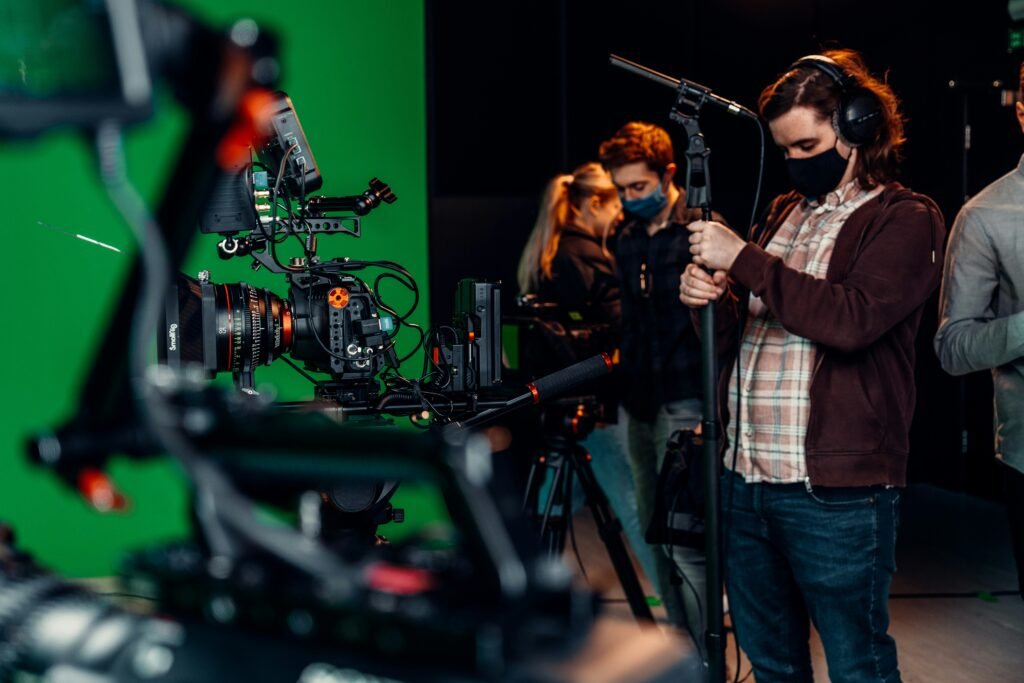
One key lesson is the importance of embracing diverse opportunities. Experienced editors emphasize the value of working on various genres to enrich one’s skillset and create unique content. This breadth of experience allows editors to bring fresh perspectives to each project they undertake.
Thoroughness is another crucial aspect of the editing process. Rather than rushing through the material, top editors prioritize exploring all possibilities and trying multiple versions. This meticulous approach often leads to discovering unexpected gems within the footage.
Designing the pace of a film is a critical skill that goes beyond simply mimicking the on-set rhythm. Skilled editors create their own flow for each scene, crafting a rhythm that serves the story and engages the audience. This ability to shape the tempo of a film is what often distinguishes great editors from good ones.
Interestingly, many experienced editors advocate for leaving room for ambiguity in their work. By not solving every problem or explaining every detail, they allow the audience to participate in the creation process, making the viewing experience more engaging and personal.
Finding the right frame to cut away from a scene is a crucial rhythmic decision that can significantly impact the viewer’s experience. Top editors stress the importance of determining the exact moment to transition, as it can affect the emotional resonance of a scene.
Editors also emphasize the importance of taking on the role of the audience. By ensuring viewers can see, taste, and feel the film through their editing choices, they create a more immersive experience. This approach often involves looking for human moments – authentic, unscripted instances that connect viewers to the story and characters.
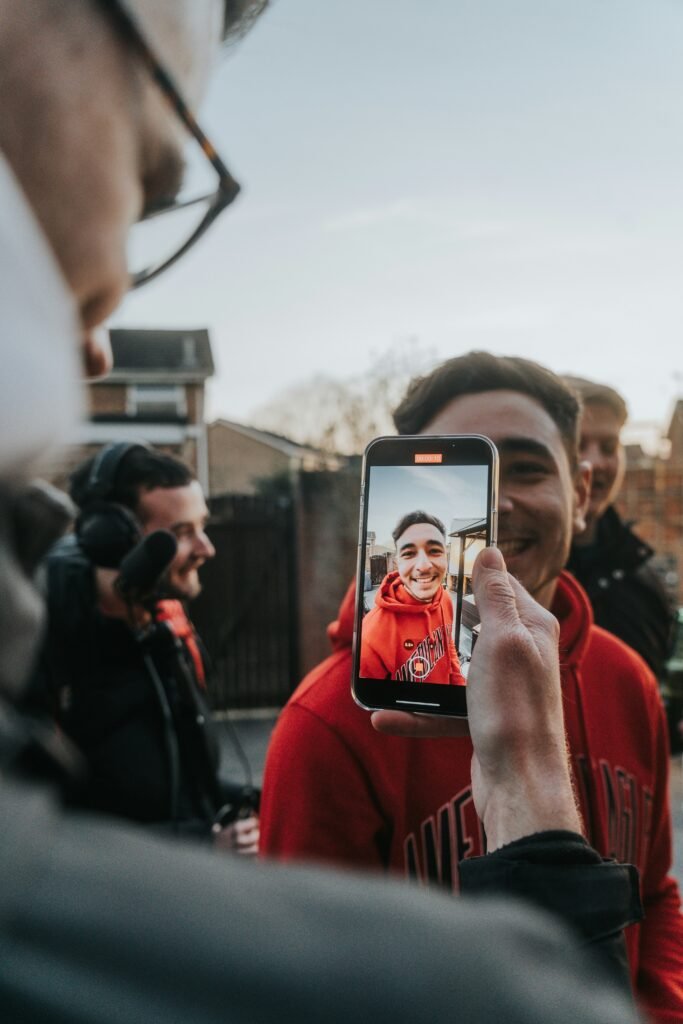
Flexibility is another key trait of successful editors. Many advise against being bound by the script, allowing the film to evolve during the editing process. This adaptability can lead to better results as the editor responds to the actual footage rather than preconceived notions.
Careful observation is crucial in the editing process. Top editors stress the importance of watching all footage attentively, making notes of impactful moments without relying solely on storyboards or scripts. This thorough approach ensures that no potential gem is overlooked.
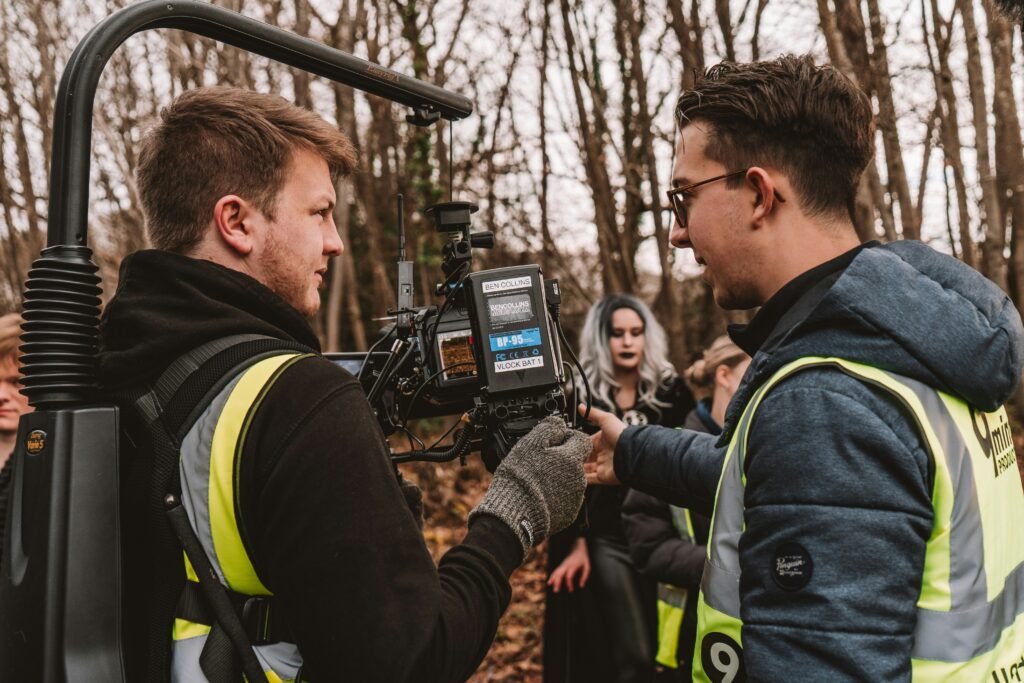
Finally, developing strong social skills is essential in the collaborative world of film editing. Recognizing that editing involves effective communication with directors and other team members, top editors emphasize the importance of being able to articulate ideas clearly and work well with others.
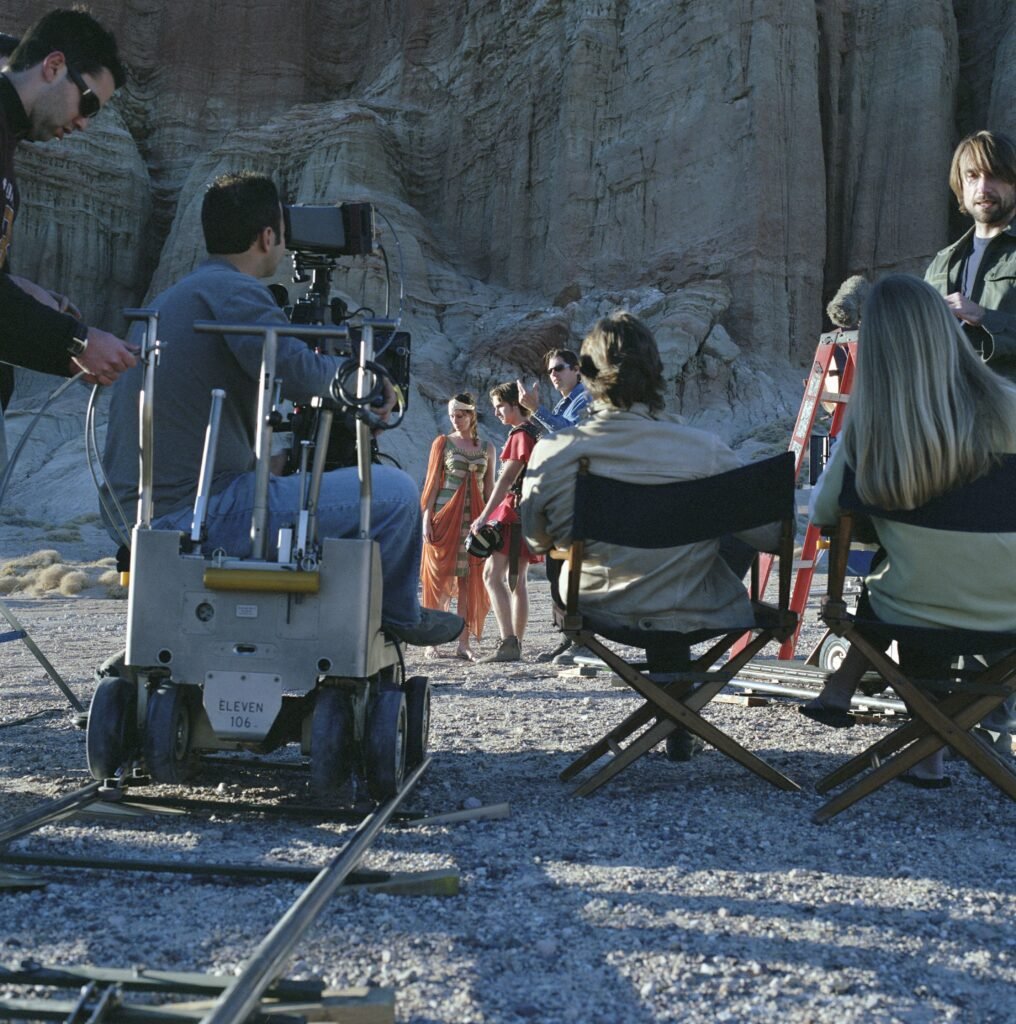
These lessons from experienced film editors underscore the multifaceted nature of the craft. They highlight the importance of creativity, attention to detail, and understanding the audience’s perspective in creating compelling cinematic experiences.
Bolanle Media is excited to announce our partnership with The Newbie Film Academy to offer comprehensive courses designed specifically for aspiring screenwriters. Whether you’re just starting out or looking to enhance your skills, our resources will provide you with the tools and knowledge needed to succeed in the competitive world of screenwriting. Join us today to unlock your creative potential and take your first steps toward crafting compelling stories that resonate with audiences. Let’s turn your ideas into impactful scripts together!

 Business1 week ago
Business1 week agoPros and Cons of the Big Beautiful Bill

 Advice3 weeks ago
Advice3 weeks agoWhat SXSW 2025 Filmmakers Want Every New Director to Know

 Film Industry3 weeks ago
Film Industry3 weeks agoFilming Yourself and Look Cinematic

 News2 weeks ago
News2 weeks agoFather Leaps Overboard to Save Daughter on Disney Dream Cruise

 Politics4 weeks ago
Politics4 weeks agoBolanle Newsroom Brief: Israel Strikes Iran’s Nuclear Sites — What It Means for the World

 Health2 weeks ago
Health2 weeks agoMcCullough Alleges Government Hid COVID Vaccine Side Effects

 Advice2 weeks ago
Advice2 weeks agoWhy 20% of Us Are Always Late

 Advice2 weeks ago
Advice2 weeks agoHow to Find Your Voice as a Filmmaker




